Walker’s Budget Reduces Historic Tax Credits
Tighter guidelines for credits and less total funding could hurt development in Milwaukee.
For many years, a project developing a historic building could apply for a state tax credit of up to five percent of the building’s value. But in 2013, as we’ve reported, the credits were twice increased, with bipartisan legislative support: That five percent limit doubled, and then doubled again to 20 percent, encouraging many more developers across the state to apply for credit. By March 2014, the Wisconsin Historical Society had approved applications on projects valued at a total of $180 million, or $35 million in state tax credits.
Unfortunately, that $35 million was far higher than the $4 million in total annual credits the state had budgeted for, and in June 2014 the Wisconsin Economic Development Corporation issued a moratorium on the program, temporarily freezing it. A month later, Gov. Scott Walker lifted the hold, but set more rigid criteria to determine what projects were eligible to receive tax credits. As of 2015, in order to qualify for tax credits, a project must be certified “historic” by state or federal organizations.
Walker’s newly proposed state budget now recommends an annual $10 million cap on the tax credit program starting in 2016. Under the revised guidelines, developers applying for credits would be awarded them on a competitive basis according to several criteria, including the project’s job creation potential. The new budget would also require developers to repay the state for credits they were awarded if the project failed to create the promised number of jobs within the first five years. Walker would also eliminate an earlier criterion, which requires projects receiving credit to be built before 1936, instead favoring buildings certified “historic” by state and federal offices.
The competitive nature of Walker’s cap would allow credit to be doled out more decisively among applicants. The Business Journal reports that similar caps have been used in other states to set up systems “to rank applicants and award credits where they would have the greatest economic impact.” The added job creation criterion in the governor’s proposal suggests favor will be given to renovation projects resulting in permanent jobs. It also implies that applications for projects like the one Jeffers is currently undertaking, converting the historic Mackie Building (built in 1879) in downtown Milwaukee into apartments, would be less likely to receive credit.
There are many questions and concerns regarding Walker’s tax credit proposal. One is whether it’s too early to propose a cap without studying the long-term economic effects of the tax credit program as it currently stands. Studies conducted by other states on similar programs, according to Jeffers, have found that projects benefiting from tax credit programs benefit the state budget through taxes and by generating income.
Others are concerned the cap may be too low. Dawn McCarthy, president of the Wisconsin Preservation Alliance, said similar caps in other states are far higher than what Gov. Walker proposes. “Iowa is at $45 million and Ohio $60 million,” she told the Business Journal.
While it may be a practical short-term move to limit how much annual credit can be awarded, it seems more practical, long-term, to conduct a study on the program’s effects on the state economy. Not only would such a study provide concrete data to help determine whether a cap on funding makes sense, it would also help officials determine how high or low the cap should be.
In the months following the historic tax credit’s increase to 20 percent last year, over $19 million in credit was approved for Milwaukee projects alone, over half the statewide total before the moratorium was placed. A cap of $10 million, to be doled out to the entire state, would likely have a negative impact on development in Milwaukee, which could result in less growth in the property tax base. Not only would it make new projects a greater financial risk for smaller developers, it would significantly limit the number of renovation projects undertaken across the city.
Approved Milwaukee Projects Since January 2014
- (Posner Building) Mo Street Development, LLC., 152 W. Wisconsin Avenue
- $4.36 million
- (Pritzlaff Building) Pritzlaff Redevelopment, LLC., 333 N. Plankinton Ave.
- $4,131,600
- (Paper Box Lofts Apartments) Paper Box Lofts Limited Partnership, 1560 W. Pierce Street
- $2.7 million
- (Tannery Lofts) Tannery Remnants, LLC., 620-800 W. Oregon Street
- $2.2 million
- (Iron Block Building) Iron Block Building Partners, LLC., 205 E. Wisconsin Avenue
- $1.9 million
- Mitchell Street Group, LLC., 601-615 W. Historic Mitchell Street
- $335,600
- 1818 MLK Drive, LLC., 1830 N. Dr. Martin Luther King Jr. Drive
- $262,119
- (The Mitchell Building) 207 E. Michigan Street, LLC., 207 E. Michigan Street, PO Box 305
- $240,000
- Railway Exchange Building, LLP. 229-231 E. Wisconsin Avenue
- $71,942


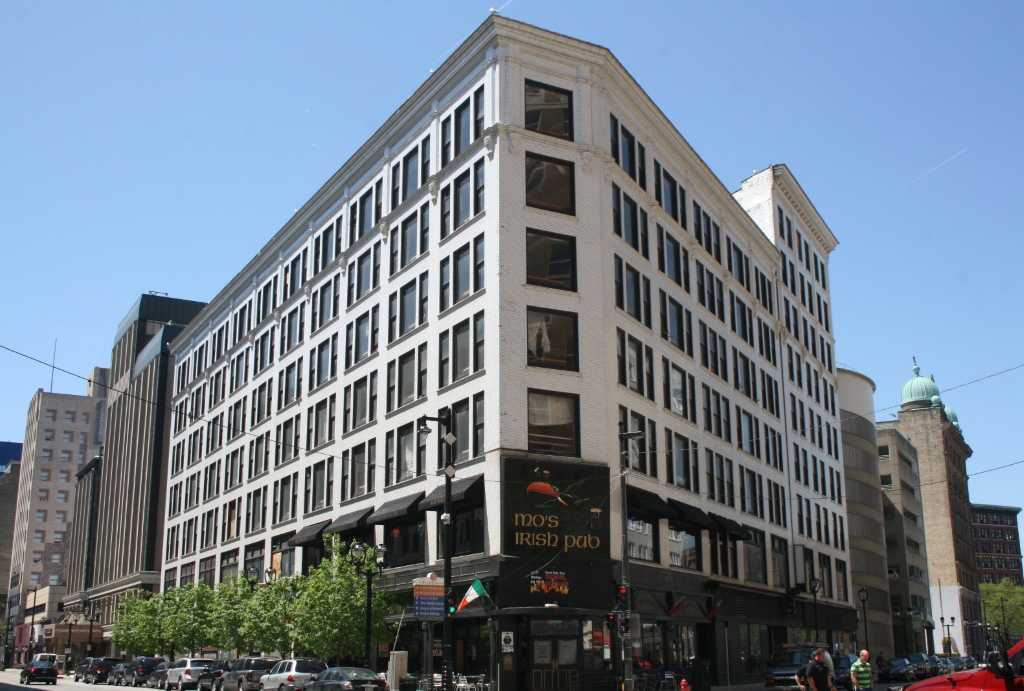
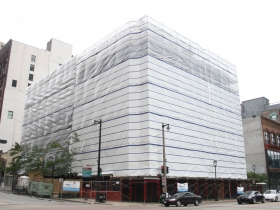
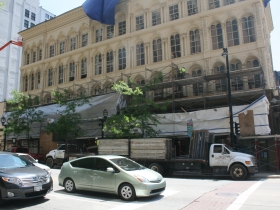
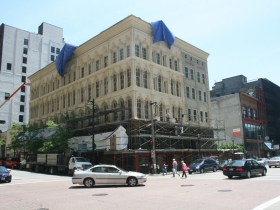
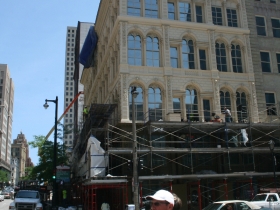
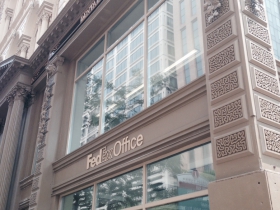

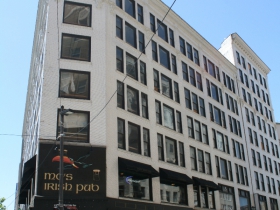
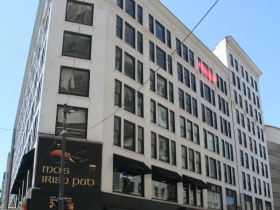
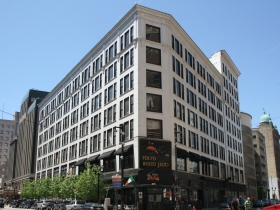
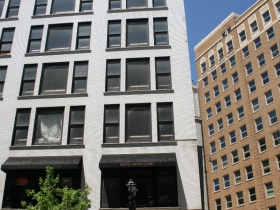
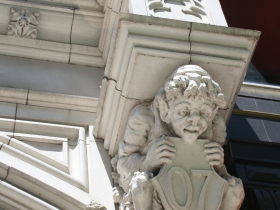
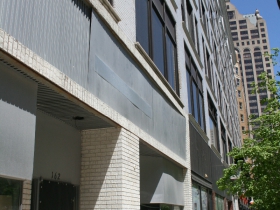
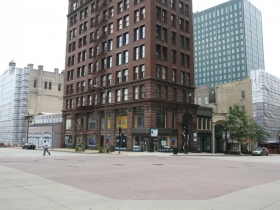
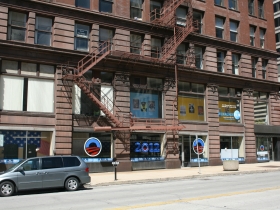
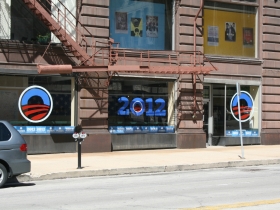
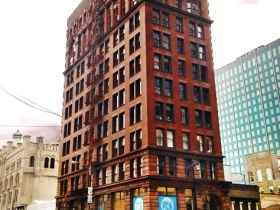















I was afraid he was going to do this. The increase in historic tax credits really helped older cities like Milwaukee revitalize its building stock. Its very difficult to remodel a 100 tear old building and these credits help level out some of the risk. At least it should be equal to those in surrounding states. This could put the brakes on future investments like the plans to remodel the Mitchell Building, Germania Building and several buildings along King Drive and in Walker’s Point.
Do you have any insight into how it can cost $50,000-$100,000 to apply for the credit?
Thanks!
Johnny: The application themselves requires many hours of historic building research to understand changes to the building over time, documentation of existing conditions with images, descriptive text, and as-built drawings. It is not simply a short form you fill out. You are essentially describing an entire building to two entities who may never see it in person. This requires extensive documentation. Describing the state of deterioration and means and methods/materials proposed for use also required you to understand how you are going to “fix” and rehabilitate the bringing in detail such as type of mortar, roofing, proposed floor plans, door and window, ventilation systems, lighting, etc. Essentially, the construction documents (design) go with the tax credit application. This takes extensive resources. Submitting all of this data for a competitive credit cap is a huge risk. Funding sources for a project often rely on these credits as part of the pro forma and leading agreements. Many of these projects will just simply not happen. The larger the project the more cost involved in submitting the tax credit applications to the WEDC and National Park Service.
Thanks Donna. Great post. I’m in the construction industry but have no real hands on experience with historic tax credits. However, as a city resident I have so amazed at the amount of rehabilitation I’ve seen recently. It’s great for Milwaukee. I have a question… doesn’t the state make this money back as properties are rehabilitated? Isn’t this in their best interests long term?